How to install PHP7.2 source code
This article will introduce to you how to install PHP7.2 source code. It has certain reference value. Friends in need can refer to it. I hope it will be helpful to everyone.
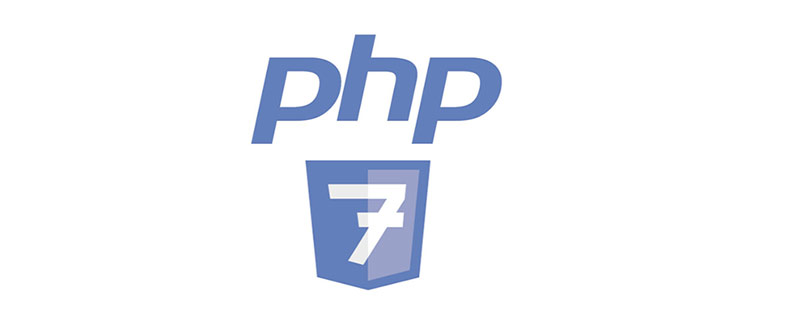
1. Download the installation package of php7.2 version
1. Download
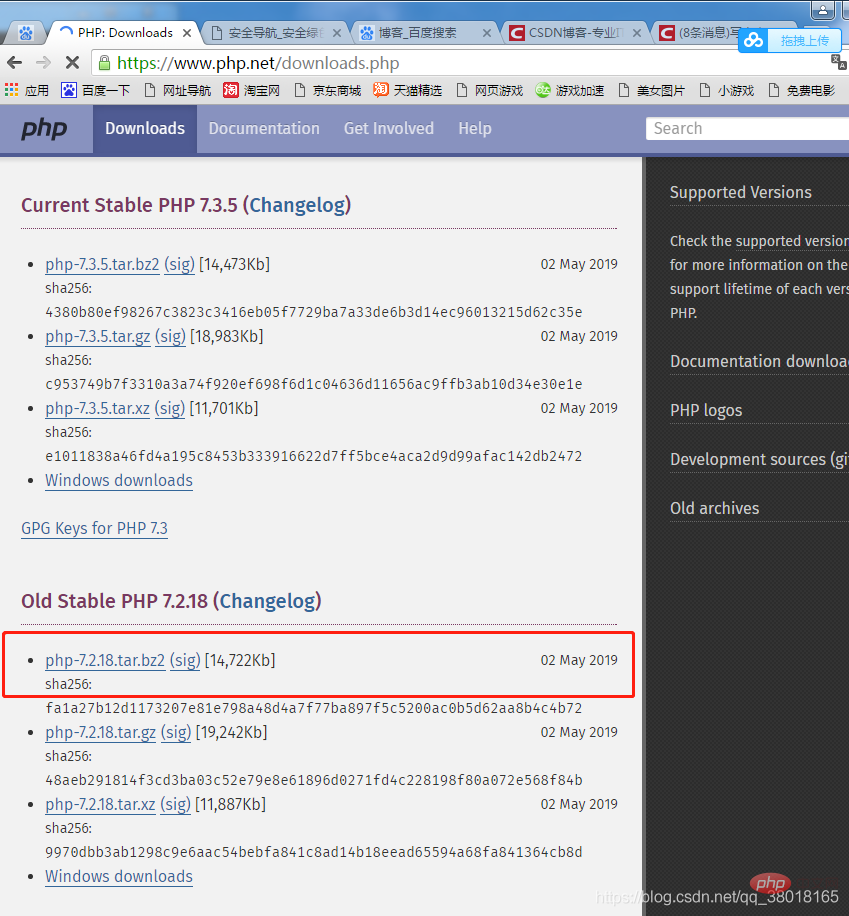
2 .Upload to the root directory of the server
pwd: View the current directory
ll: View the files in the current directory
2. Unzip
tar -xjvf php-7.2.18.tar.bz
三.configure(compile)
cd php-7.2.18
./configure --prefix=/home/work /study
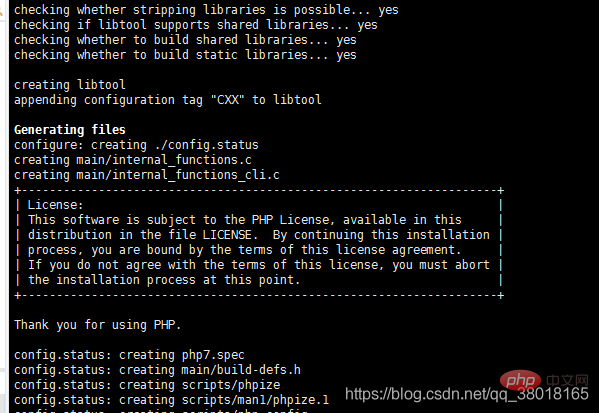
IV.make(build)
make
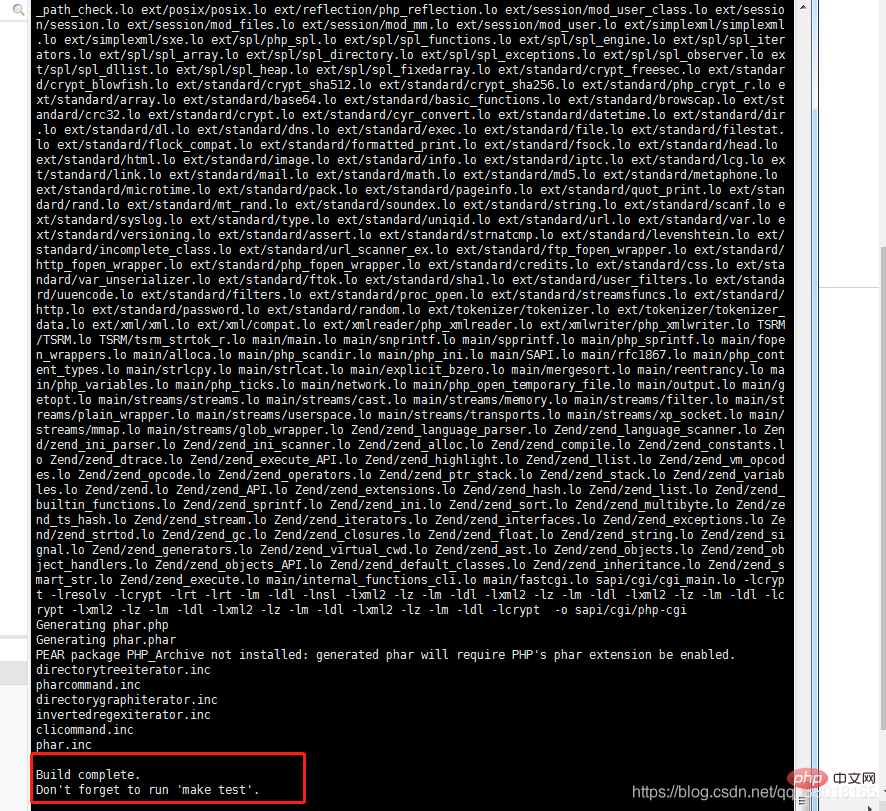
make test
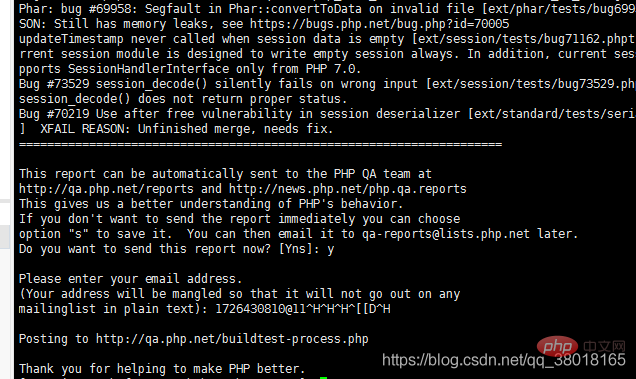
5.make install
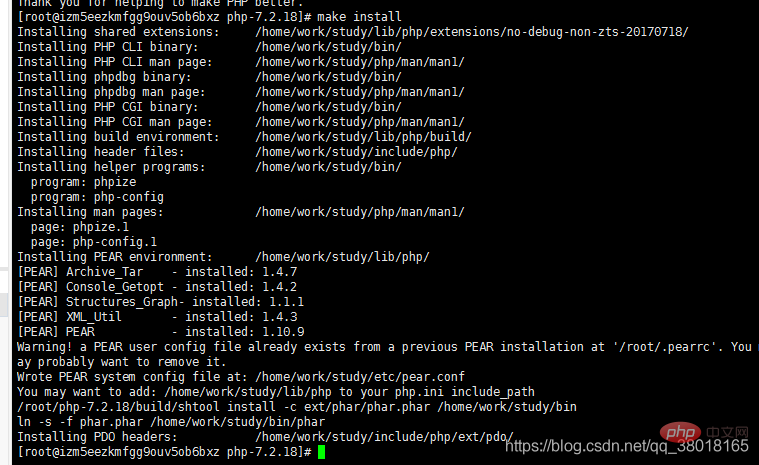
Some commands for Linux operations on php
cd php——Enter php
cd ..——Enter the upper-level directory
.bin/php -m to view its extension
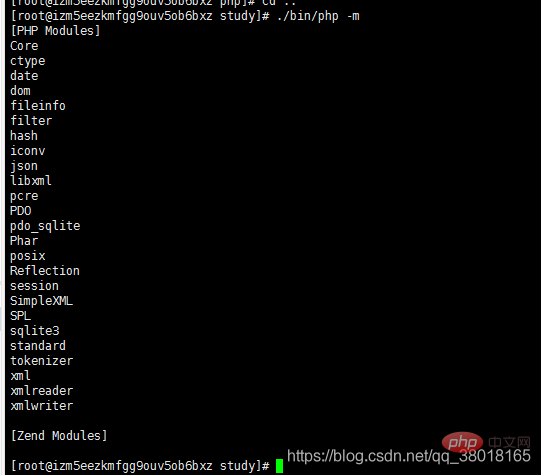
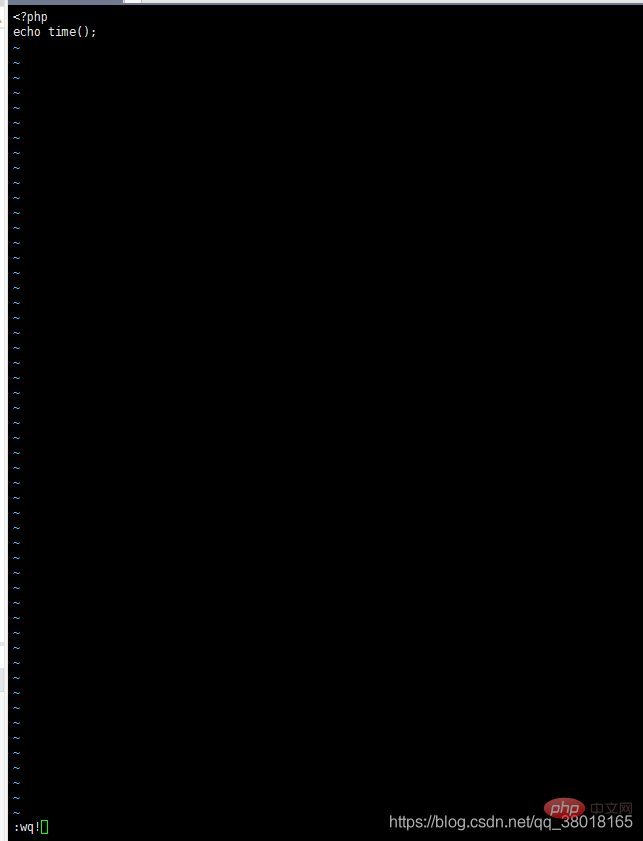
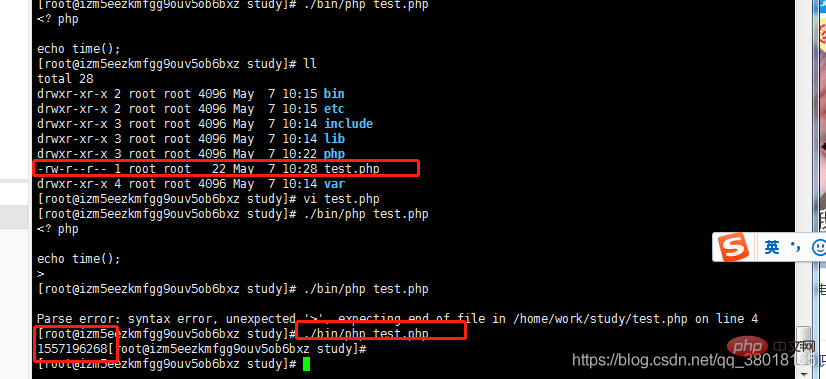
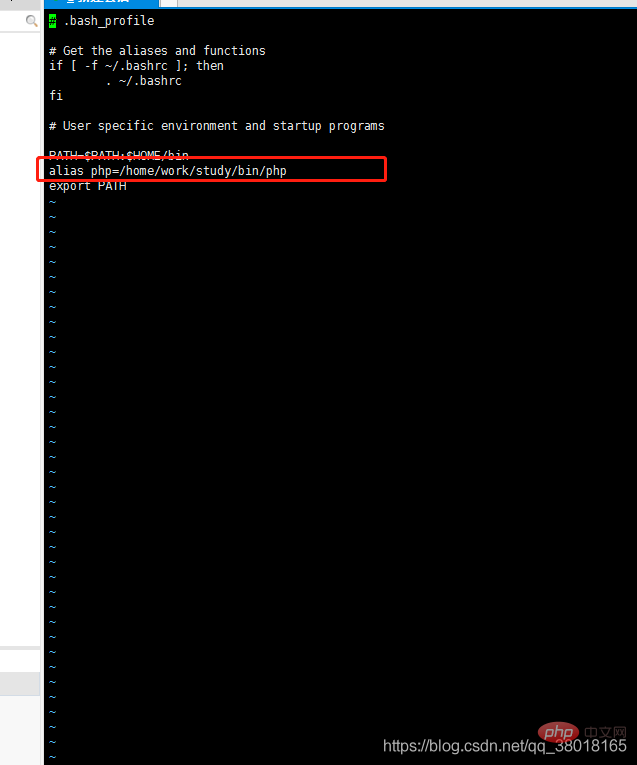 #2.source ~/.bash_profile
#2.source ~/.bash_profile
3.php -v
 Test
Test
 Summary: What pitfalls will you encounter when installing PHP source code?
Summary: What pitfalls will you encounter when installing PHP source code?
1.gcc autoconfig——If it is not compiled, the system will prompt that you need to install these two software
2. The compiled file does not have a php.ini file
cp php.ini-development /home/work/study/ect/——Copy to the compiled folder
mv php.ini-development php.ini——Change the name
Changed the configuration of php.ini and it does not take effect
php -i |grep php.ini
 So move php.ini to lib
So move php.ini to lib
mv ./etc/php.ini ./lib
 Recommended learning:
Recommended learning:
The above is the detailed content of How to install PHP7.2 source code. For more information, please follow other related articles on the PHP Chinese website!

Hot AI Tools

Undresser.AI Undress
AI-powered app for creating realistic nude photos

AI Clothes Remover
Online AI tool for removing clothes from photos.

Undress AI Tool
Undress images for free

Clothoff.io
AI clothes remover

AI Hentai Generator
Generate AI Hentai for free.

Hot Article

Hot Tools

Notepad++7.3.1
Easy-to-use and free code editor

SublimeText3 Chinese version
Chinese version, very easy to use

Zend Studio 13.0.1
Powerful PHP integrated development environment

Dreamweaver CS6
Visual web development tools

SublimeText3 Mac version
God-level code editing software (SublimeText3)

Hot Topics
 How to Use Sessions Effectively in PHP 7?
Mar 10, 2025 pm 06:20 PM
How to Use Sessions Effectively in PHP 7?
Mar 10, 2025 pm 06:20 PM
This article details effective PHP 7 session management, covering core functionalities like session_start(), $_SESSION, session_destroy(), and secure cookie handling. It emphasizes security best practices including HTTPS, session ID regeneration, s
 How to Monitor PHP 7 Performance with Tools like New Relic?
Mar 10, 2025 pm 06:28 PM
How to Monitor PHP 7 Performance with Tools like New Relic?
Mar 10, 2025 pm 06:28 PM
This article explains how to monitor PHP 7 application performance using New Relic. It details New Relic's setup, key performance indicators (KPIs) like Apdex score and response time, bottleneck identification via transaction traces and error track
 How to Upgrade from PHP 5.6 to PHP 7?
Mar 10, 2025 pm 06:29 PM
How to Upgrade from PHP 5.6 to PHP 7?
Mar 10, 2025 pm 06:29 PM
This article details upgrading PHP 5.6 to PHP 7, emphasizing crucial steps like backing up, checking server compatibility, and choosing an upgrade method (package manager, compiling, control panel, or web server configuration). It addresses potentia
 How to Use Git for Version Control in PHP 7 Projects?
Mar 10, 2025 pm 06:27 PM
How to Use Git for Version Control in PHP 7 Projects?
Mar 10, 2025 pm 06:27 PM
This article guides PHP 7 developers on using Git for version control. It covers initialization, staging, committing, ignoring files, remote repositories, branching, merging, conflict resolution, and essential Git commands. Best practices for effic
 How to Autoload Classes in PHP 7?
Mar 10, 2025 pm 06:20 PM
How to Autoload Classes in PHP 7?
Mar 10, 2025 pm 06:20 PM
This article explains PHP 7's autoloading, using spl_autoload_register() to load classes on demand. It details best practices like namespace-based autoloading and caching for performance optimization, addresses common issues (e.g., class not found
 How to Use Xdebug for Debugging PHP 7 Code?
Mar 10, 2025 pm 06:26 PM
How to Use Xdebug for Debugging PHP 7 Code?
Mar 10, 2025 pm 06:26 PM
This article explains how to use Xdebug for debugging PHP 7 code. It covers Xdebug configuration (installation, php.ini settings, IDE setup), breakpoint usage (conditional, function, remote), and troubleshooting connection issues. Effective debuggi
 How to Deploy a PHP 7 Application to a Web Server?
Mar 10, 2025 pm 06:28 PM
How to Deploy a PHP 7 Application to a Web Server?
Mar 10, 2025 pm 06:28 PM
This article details deploying PHP 7 applications, covering methods (FTP, SSH, deployment tools), server configuration (Apache/Nginx, PHP-FPM), database setup, and crucial security considerations. It highlights common challenges like server compatib
 How to Include and Require Files in PHP 7?
Mar 10, 2025 pm 02:52 PM
How to Include and Require Files in PHP 7?
Mar 10, 2025 pm 02:52 PM
This article explains PHP 7's include, include_once, require, and require_once file inclusion methods. It details their differences in error handling (warnings vs. fatal errors) and multiple inclusion prevention. Best practices for file organizatio






